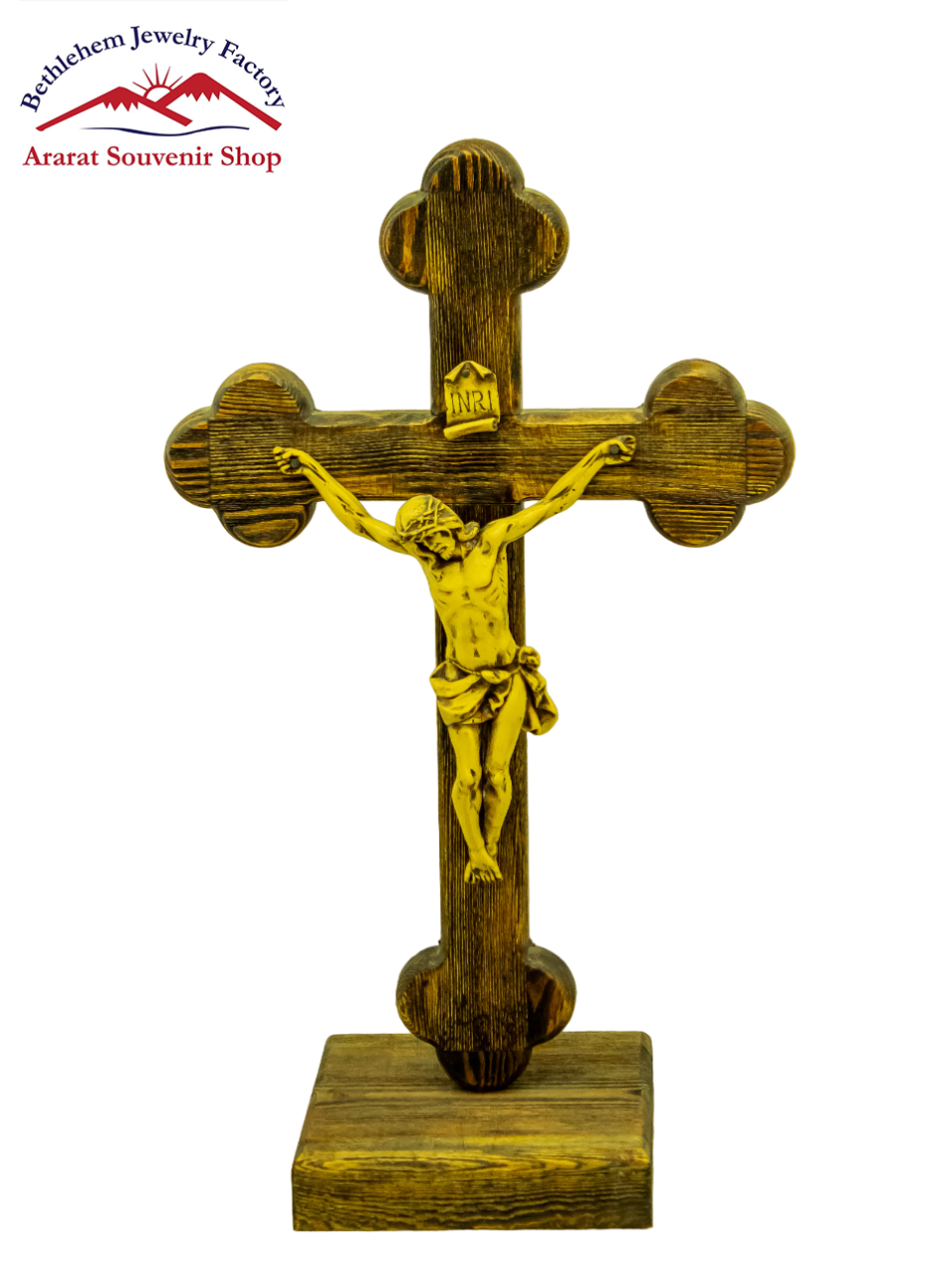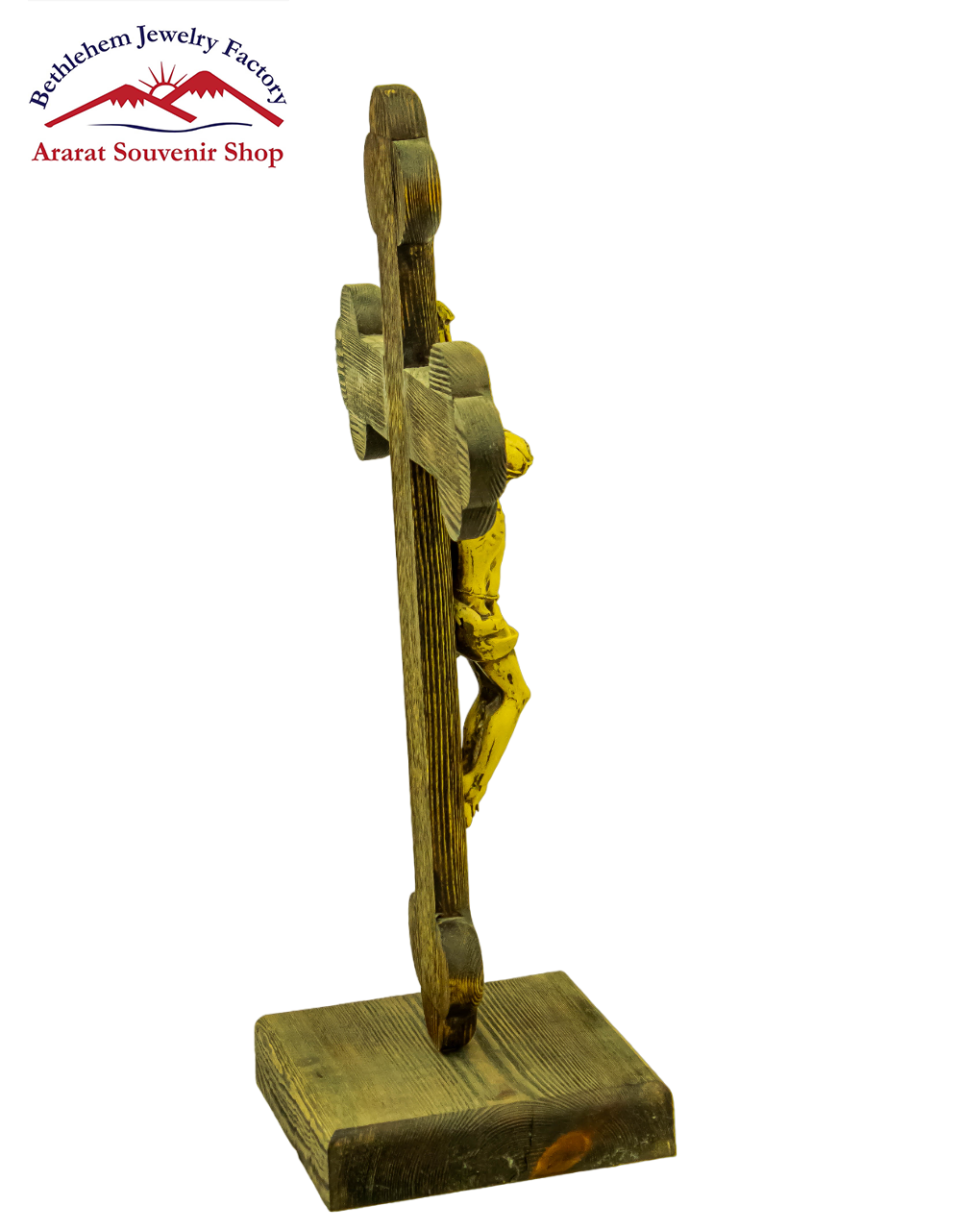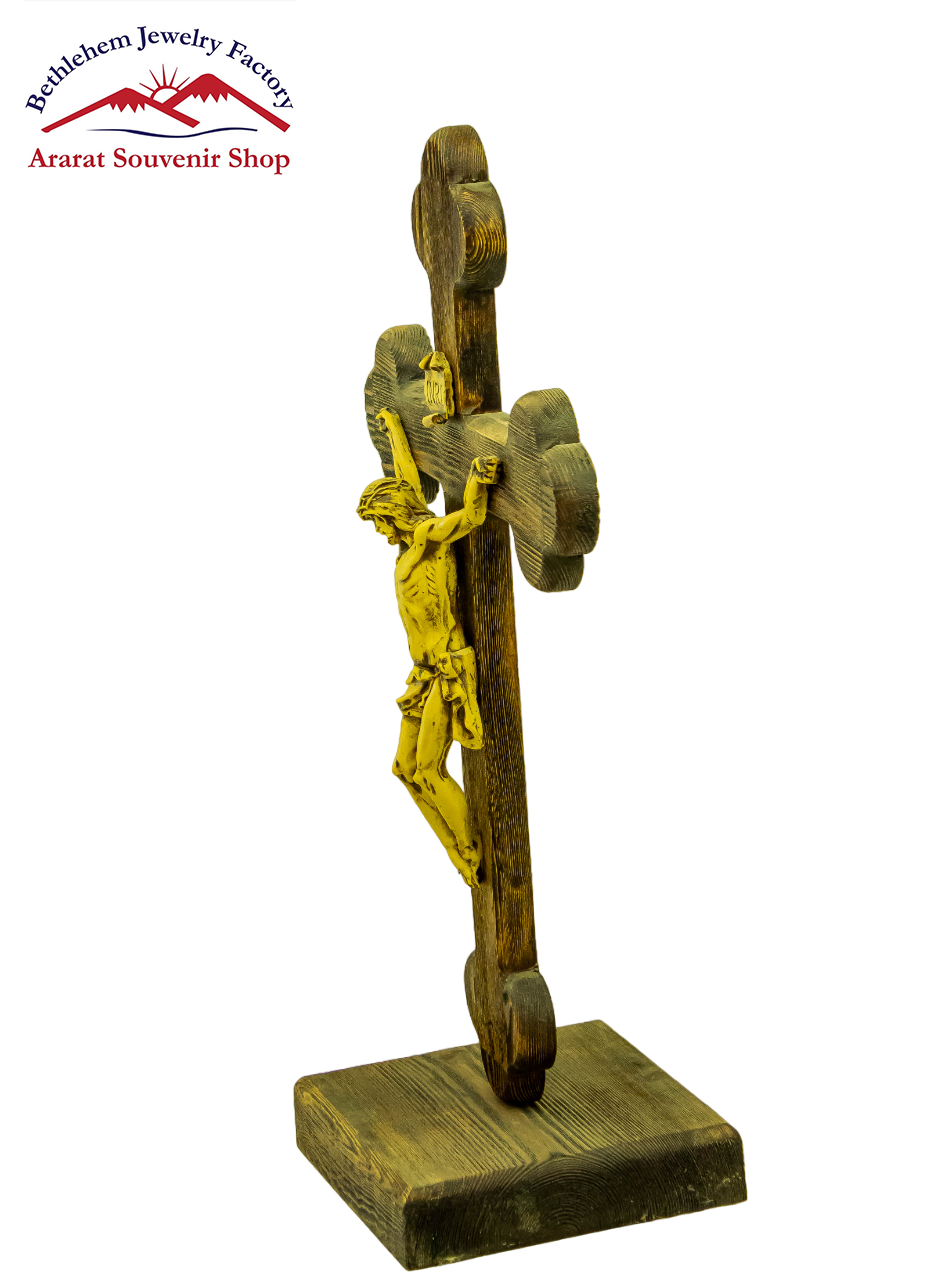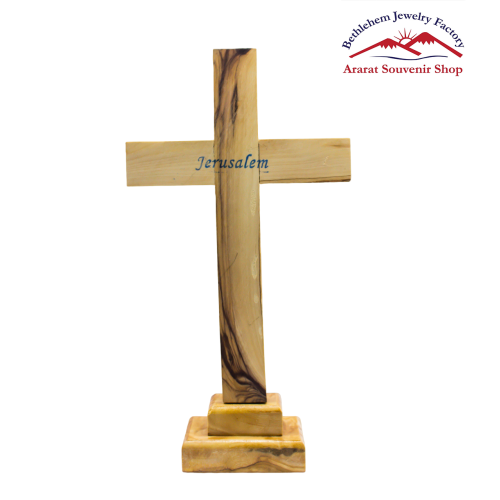Orthodox Cross
The Orthodox cross, also known as the Eastern Orthodox cross or Byzantine cross, is a symbol rich in theological significance, historical context, and cultural resonance. This cross is distinct from the Latin cross commonly associated with Western Christianity, featuring a unique design that often includes three horizontal beams instead of one. The Orthodox cross serves not only as an emblem of faith for Orthodox Christians but also as a profound representation of Christ’s sacrifice and resurrection, encapsulating key aspects of Orthodox theology and spirituality.
One of the defining features of the Orthodox cross is its unique structure. Traditionally, it has three horizontal bars: the upper bar represents the sign placed above Jesus during his crucifixion that read “Jesus of Nazareth, King of the Jews,” while the lower bar, which is sometimes slanted, symbolizes the footrest used during the crucifixion. This slanted bar is particularly significant; it represents the idea of the two thieves executed alongside Jesus—one who rejected him and another who accepted him, thus illustrating the grace of salvation through acknowledgment and faith.
The Orthodox cross plays a vital role in the liturgical and sacramental life of the Eastern Orthodox Church. During worship services, it is often prominently displayed, serving as a focal point for prayer and reflection. The cross is also used in the sacraments, especially in the rite of baptism, where the priest may trace the sign of the cross over the individual as a way of inviting them into the life of Christ. This gesture emphasizes the connection between the cross and the believer’s identification with Christ’s death and resurrection.
In addition to its liturgical significance, the Orthodox cross carries deep theological implications. In Eastern Orthodox theology, the cross is seen as a symbol of victory over sin and death. This belief is rooted in the understanding that Jesus’s crucifixion was not merely an act of sacrifice but a triumphant event that opened the gates of paradise to humanity. As articulated in the writings of the Church Fathers, the crucifixion is viewed as the moment when God engaged in a cosmic battle against evil, ultimately reclaiming humanity from the clutches of death through Christ’s resurrection. Thus, the Orthodox cross signifies both the sorrow of Christ’s suffering and the joy of the resurrection, creating a dynamic interplay between despair and hope.
Culturally, the Orthodox cross has permeated various aspects of life for Orthodox Christians. It is often worn as a piece of jewelry—usually in the form of a pendant—serving as a personal declaration of faith and a reminder of Christ’s sacrifice. Devotees may also carry small crosses or icons featuring the cross in their homes, offering a visible reminder of their faith and a point of focus for prayer. Icons, particularly, hold a special place in Orthodox spirituality, as they are considered windows into the divine, and many feature representations of the cross embedded within scenes from the life of Christ.
Furthermore, the Orthodox cross has become a symbol of cultural identity for many Eastern European and Middle Eastern communities. In countries such as Greece, Russia, Serbia, and Bulgaria, the cross is not only a religious symbol but also a representation of national and cultural heritage. This is especially poignant in times of persecution or hardship, where displaying the cross can serve as an act of solidarity and faith in the face of adversity.
The Feast of the Exaltation of the Holy Cross, celebrated on September 14 in the Orthodox liturgical calendar, emphasizes the importance of the cross in Orthodox spirituality. During this feast, the faithful gather to venerate the cross, often featuring processions and special liturgical services. This celebration serves as a reminder of the centrality of the cross in the Christian life and the transformative power of Christ’s sacrifice.
Artistic representations of the Orthodox cross also reflect its significance. Icons and frescoes within Orthodox churches often depict the cross in various contexts, illustrating not just the crucifixion but also scenes of the resurrection. These artworks invite worshipers to meditate on the dual nature of the cross as a symbol of suffering and salvation, encouraging reflections on their own faith journeys.
In conclusion, the Orthodox cross is a multifaceted symbol that embodies the core tenets of Eastern Orthodox Christianity. Its unique design, liturgical function, theological depth, and cultural significance all contribute to its lasting impact on the lives of Orthodox believers. Serving as a powerful reminder of Christ’s sacrifice, resurrection, and ultimate victory over sin and death, the cross invites both reflection and devotion. With roots that span centuries, the Orthodox cross remains a vital emblem of hope, faith, and spiritual identity for millions around the world, encouraging believers to live out the transformative message of the Gospel in their daily lives.












Reviews
There are no reviews yet.